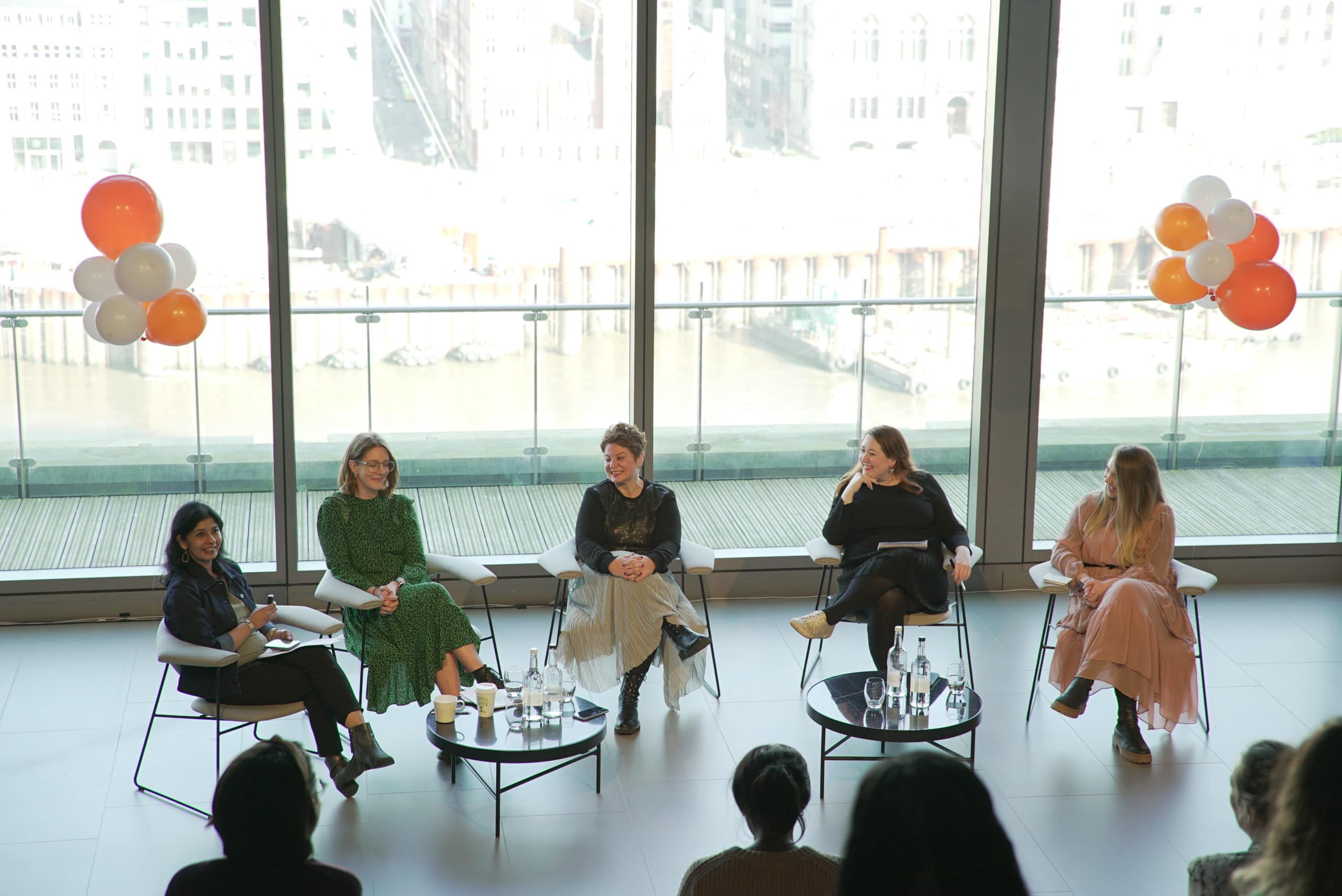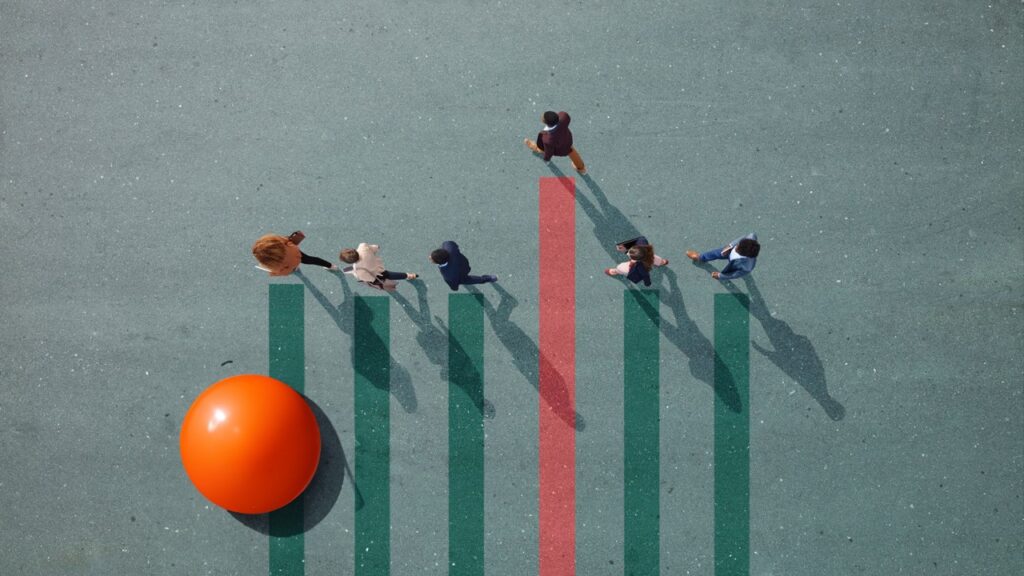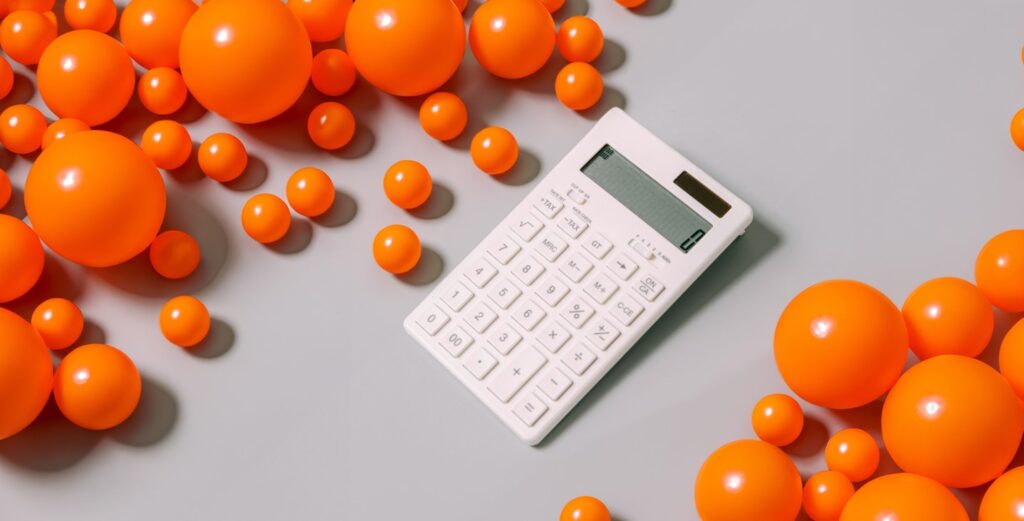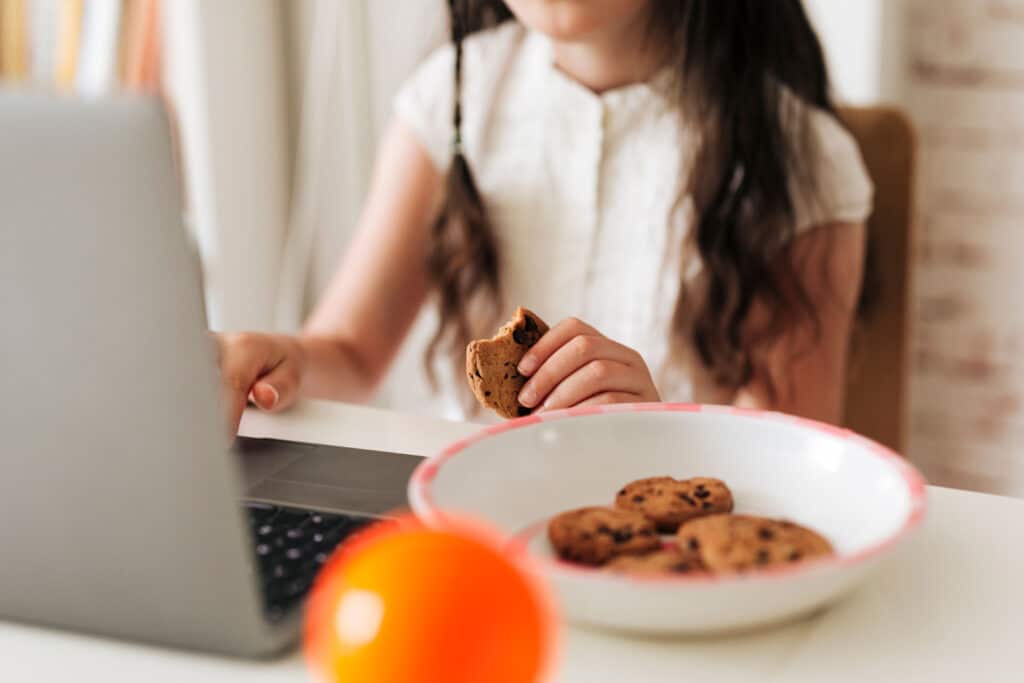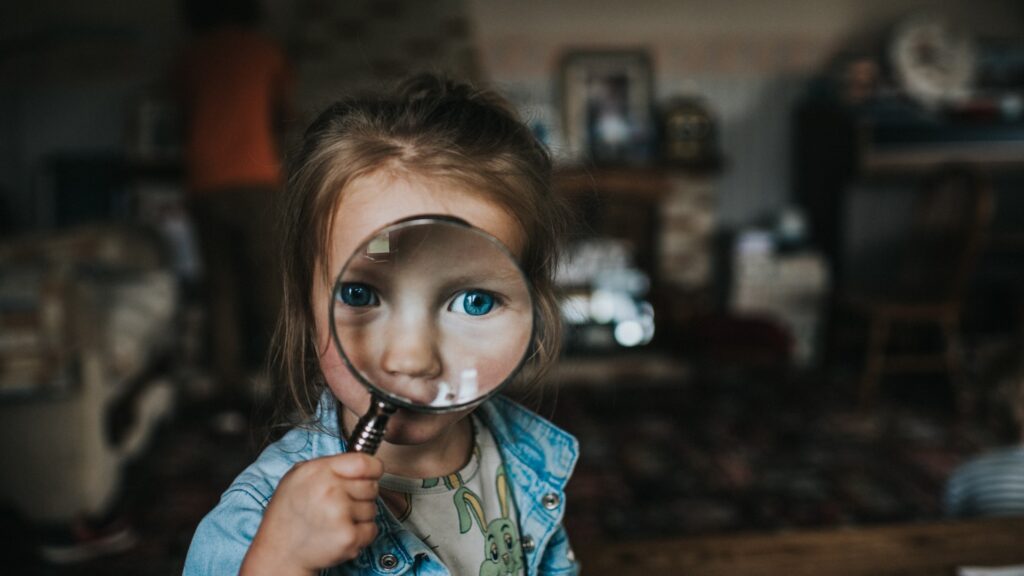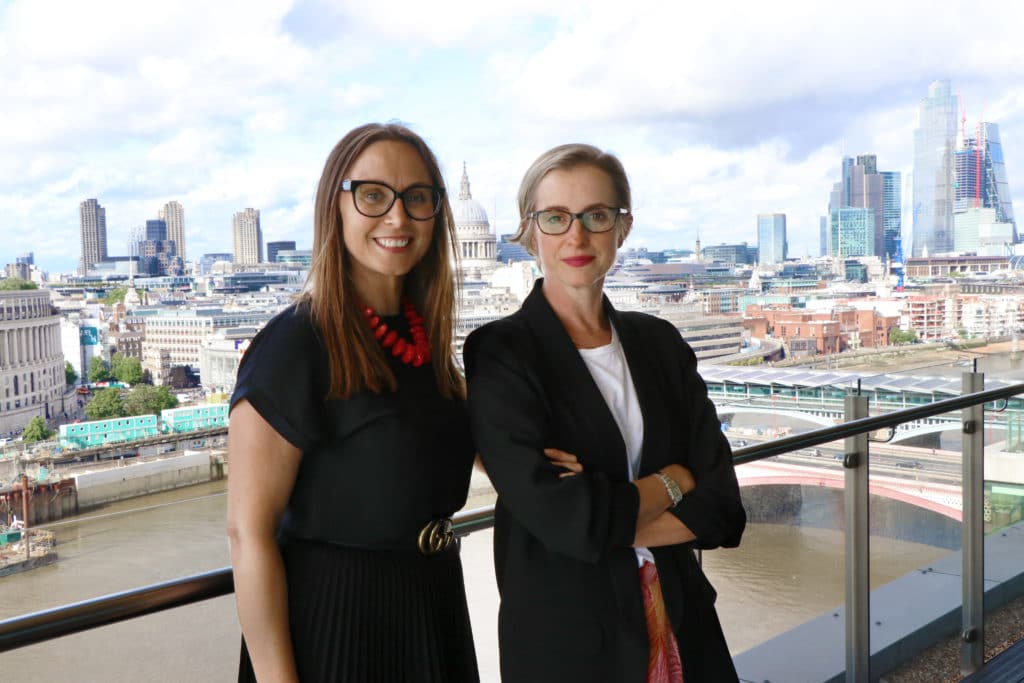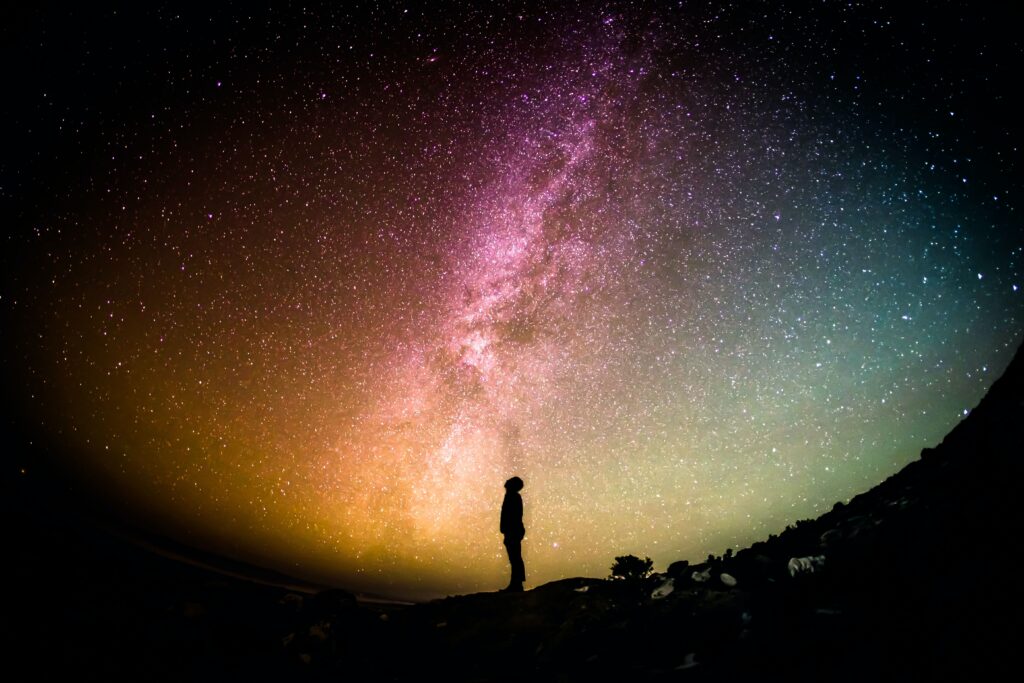Breaking the Bias of Gender Ageism: Do women have a “prime”?
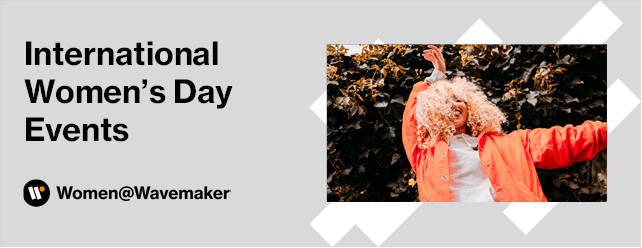
An internal survey at Wavemaker revealed that 46% of women believe that 30 is their prime age, while 40% of men consider their prime age 40. But the questions is: “Do we have a prime?”
In line with this year’s IWD theme of #BreakTheBias, Women at Wavemaker, our employee resource group promoting the progression of equality, hosted a panel to debate the notion of a “prime” age and discuss actionable insights on how to deconstruct the bias around gender ageism.
Introducing the panel event Toby Jenner, Global CEO said:
“At Wavemaker, the culture of positive provocation pushes us to challenge and debate different point of views. We need every opportunity to bring everyone together to give their opinions to make life better regardless of their gender, ethnicity, and sexual orientation. The question of whether or not we have a prime will provoke societal changes to remove every form of bias around gender ageism. Personally, I believe that old age should be appreciated for the wealth of wisdom it comes with”.
This blog summarises the panel’s discussion on society’s and the media industry’s perception of a woman’s age, changing consumer views on gender ageism and the implications for brands.
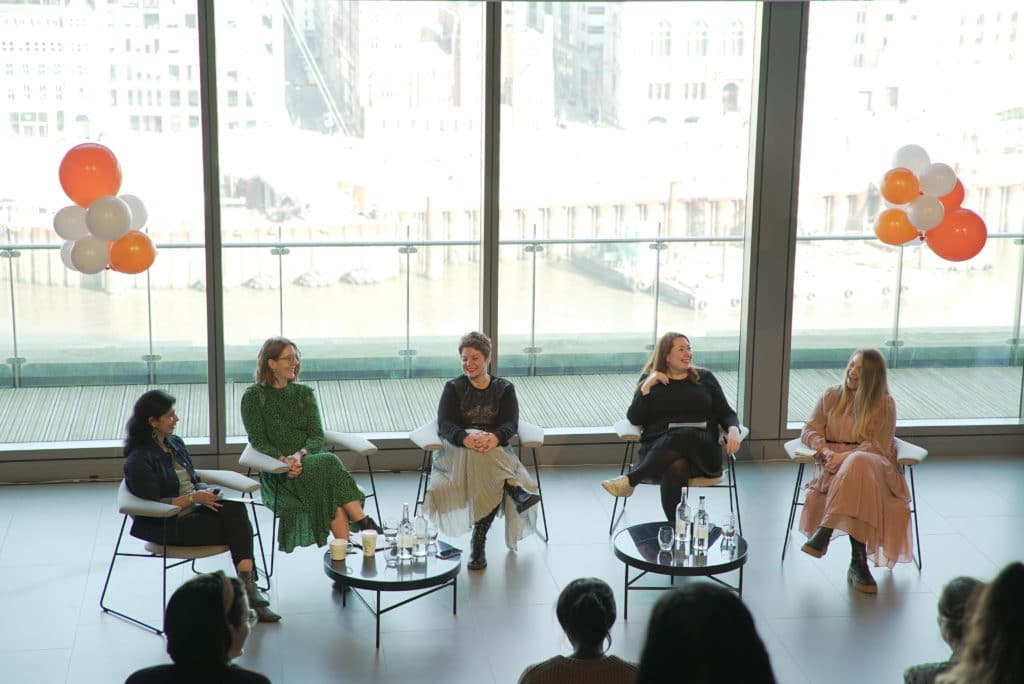
The Societal Perception of Women’s Age
It’s no secret that wider society associates aging in women as some sort of deficit. An older woman is viewed as less competent, not good enough or even at times pressured to look younger than their true age. Even though aging is natural phenomenon experienced by both men and women, women are more acutely aware of their physical attributes (white hair, wrinkles, and so on) due to societal pressure.
“Why is it necessary to compliment women that they look younger than their age. Ageing is a real privilege, not everyone gets the opportunity to grow old” Rachel Rowland, Henkel Head of Cultural Transformation & DE&I
The situation is worsening. The panel discussed the fact that society is still shying away from discussions around female experiences such as the menstrual cycle and menopause. Topics like these are traditionally not spoken about even amongst women and closer relatives.
However, our panel shared their beliefs that change is happening. More conversations are happening online around the menstrual cycle and menopause, and celebrities are using their platforms to start more candid conversations about navigating these natural changes.
Moreover, there was a resounding agreement from our panellists that women should champion transparency in these subjects to help other women, be advocates for each other and instigate open dialogue with others, both men and women.
“Any age is a prime. Embrace it, every single age has its beauty. Your age should not be a barrier on how you feel about yourself, what you do and don’t do, your career” Bala Atahan, GroupM EMEA Executive Business Strategy Director
Is the Media Industry Complicit in the Perception of “Prime Age” for Women?
Over the years, the media and advertising industry has been criticised over the visual misrepresentation of women’s physical appearances vis a vis the reflection of their true age. One panellist shared that 50% of older women feel that their age group is underrepresented.
Again, all four panellists agreed that the media industry is complicit in the misrepresentation and ageist attitude towards women, but that change is happening due to cultural shifts and consumer pressures. Several indications from the industry show an increasing awareness of the mis/underrepresentation of women and their age. The industry holds a high place in shaping the conversations and perceptions around gender ageism and more needs to be done.
“The message from the media industry should shift towards kindness, compassion, and the acceptance that age (and every symptom that comes with it) is natural. The voice of the industry should be more of age neutrality, celebrating women of all ages and opening up conversations around what should be done as an older woman to feel good, rather than feel or look younger”. Victoria Joy , Women’s Health, Executive Editor
Women in the Media and Advertising Industry
Holding up a mirror to the world of media and advertising, according to the 2019 IPA Agency Census, 44.8% of employees at IPA member agencies were aged 30 or under, while just 6.3% were aged 50 or over.
One panellist shared how the rapid growth of technology and it’s integration into the media landscape is leaving most technical know-how in the hands of younger generations. The possible pitfall of this is the potential relegation of the older workforce.
But it’s not just the rapid integration of technology that’s showing potential for shutting out older generations. Wavemaker UK Strategy Partner, Emily Fairhead-keen, in her article for Creative Brief examined how the media industry equates youth to creativity. Women in the industry have expressed their concern about the need to be seen as useful, creative and as needed as their younger counterparts. It’s clear that more efforts should be geared towards taking away barriers in HR processes to retain and recruit older women into the industry.
While it’s true that this is an industry-wide issue, the effort of individuals should not be dismissed. The panel argued that it is the duty of every woman in the industry to champion other women; uplift one another and prove to other women that age does not define you.
“Age should not be a barrier to the many beautiful things you could accomplish in your career as a woman. It is not what the media or society says, how you experience any age and shape it for yourself is what matters”. Bala Atahan, GroupM EMEA Executive Business Strategy Director
Implications for Brands, Marketers and Advertisers
Today, more consumers are believing in authenticity and the true reflection of age. To connect with the right audience, brands have to make a switch to adapt to the changing consumer needs.
Apart from consumer centricity, the panel identified that by paying closer attention to the issue of gender ageism, brands could benefit financially. A recent study in the UK showed that by 2040, more women in the UK would be aged over 55 than between 16 and 54. In addition, by 2040, it is predicted that 63p of every pound spent in the UK will be from someone aged over 65, more evidence that the older generations of consumers present a huge opportunity for brands.
Taking older consumers into consideration as key audiences is however, just one step. In research conducted in 2021, 72% of women aged 55 did not feel represented in beauty ads. The buzz from brands about representations of older women in advertising is often perceived as lip service, jumping on trends or moral band wagons to protect brand image.
But it’s not just about using older models and brand ambassadors. Brands should consider how to represent older women, not just physically but by interests, thoughts, feelings, challenges, desires and needs. It’s time for brands to truly listen to older female consumers and represent them authentically.
“Brands should listen more to the stories of older women, tell those stories in the most sincere and natural way, look at their products and see how it caters for the needs of women across all ages”. Emily Rich, Wavemaker UK, Strategy Lead
